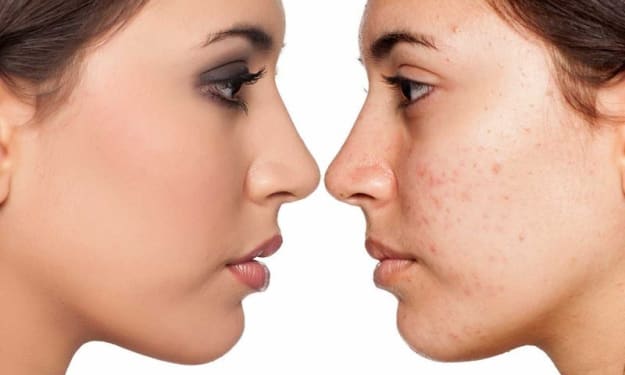Everything You Need to Know About Face Mask Sheets & Peel Off Masks
Face Mask Sheets & Peel Off Masks

Face masks come in a variety of shapes and sizes, but the face mask sheets and peel-off masks are the most popular right now. However, the functions of these two forms differ depending on how they are created, how they are applied to your face and the substances they include. The differences and similarities between peel-off masks and sheet masks are that:
Both Face Mask Sheet & Peel-Off Masks Are Substantially Different - Physically
The physical differences between these two masks are one difference. This distinguishes them from one another in terms of appearance, feel, and application. Peel-off masks come in the form of a moist paste that you apply to your face by spreading it out. The mask stiffens as it dries, giving the skin a tightening sensation. This could be a really bad idea for extremely dry-dehydrated skin types or those with sensitive skin that may react to drying, leading to further dermatitis.
Natural face sheet masks, on the other hand, are moistened sheet fabric in the shape of a face. When you take the mask out of the package, it's sticky and wet with serum and essence required for the skin, and you just apply it to your face like a mask, hoping for it to work. As the serum penetrates your skin, the face masks may feel moisturizing while also giving you a warm or chilly sensation.
Objectives that are Different for Natural Face Sheet Masks & Peel-Off Masks
The purpose of these two masks is another distinction. Peel-off masks and sheet masks may both cleanse and moisturize (some) your skin. On the other hand, Sheet masks are designed for this specific function; they are primarily used to re-hydrate your skin with the serum they contain.
Sheet masks come in a variety of shapes and sizes, each with its own set of functions (Ex: a primer face mask sheet is used to prime skin for makeup). Peel-off masks are primarily used to exfoliate and deeply cleanse the surface of your skin. As you peel the mask away from your face, it also peels away the dead skin, leaving the skin feeling much smoother and softer.
Unfortunately, certain peel-off masks on the market may cause your skin to feel dry afterward. Therefore, those with sensitive skin should consult a dermatologist before making a purchase. At the same time, those with a dry or dehydrated skin type may want to look through the list of ingredients and see if the list contains any drying agents. If yes, then consider only products that are hydrating. On the other hand, if you have a combination skin type, the best way to deal with this situation is to use two different kinds of peel-off masks that target the different combinations on the skin.
Follow the Sequence of Usage of Sheet Masks
Because of the purposes of both the masks, they should be applied in a different order in your skincare program. After you've washed your face, exfoliate it. The peel-off mask would be placed here in the sequence. To moisturize your skin, a sheet mask is best applied after cleansing and exfoliating your face.
The functions, qualities, and substances in your facial products are crucial to understanding because they dictate the role they play in your skincare regimen. To get the best benefits for your skin, make sure you know when to apply what product and why.
Now that you know so much about using natural face sheet masks versus that of a peel-off mask, make a sound decision based on the given information you've learned recently.






Comments
There are no comments for this story
Be the first to respond and start the conversation.